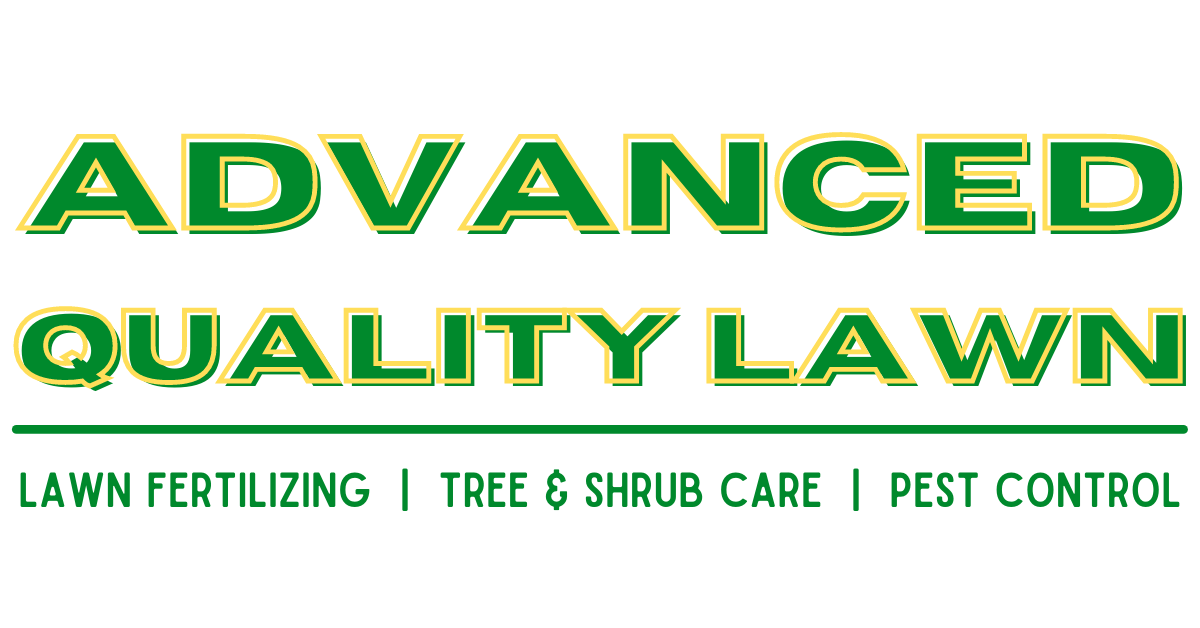Snow Mold: A Winter Lawn Menace and How to Keep It at Bay
As winter approaches, the excitement of snow-covered landscapes and cozy evenings by the fireplace fills the air. However, the arrival of winter also brings with it a potential threat to your lawn – snow mold. Understanding what snow mold is and taking preventive measures can help ensure that your lawn remains healthy and vibrant come springtime.
What is Snow Mold?
Snow mold is a type of fungus that can damage grass during the winter months when snow covers the ground for an extended period. There are two main types of snow mold: gray snow mold (Typhula spp.) and pink snow mold (Microdochium nivale). Both types thrive in cold, wet conditions, making lawns covered with snow particularly susceptible.
Conditions Favoring Snow Mold:
Extended Snow Cover: Snow mold develops when the ground is covered by snow for an extended period, creating a damp environment conducive to fungal growth.
Matted Grass: Snow mold is more likely to occur in areas where the grass is matted down, providing an ideal environment for the fungus to thrive.
Cool Temperatures: Snow mold tends to develop in cool temperatures, typically between 30 and 40 degrees Fahrenheit.
How to Identify Snow Mold:
Snow mold appears as circular patches of dead or matted grass in your lawn. These patches may vary in size and can be gray or pink, depending on the type of fungus. As the snow melts, these patches become more visible.
Preventive Measures to Avoid Snow Mold:
Mow Before Winter: Ensure your lawn is properly mowed before winter sets in. Short grass is less prone to matting, reducing the risk of snow mold development. We recommend you mow at a 3.5’ height.
Remove Debris: Clear leaves and debris from your lawn in the fall. Debris can create a barrier that traps moisture and encourages snow mold growth.
Aerate Your Lawn: Aerating your lawn before winter helps improve soil drainage and reduces compaction, making it less favorable for snow mold.
Apply Limestone Treatment: Apply Limestone to help balance the soil ph and to promote a soil type favorable to grass..rather than weeds & crabgrass. Apply a winterizer ferilizer that is designed to promote root development.
Promote Air Circulation: Trim overhanging branches and shrubs to promote air circulation. Good air circulation helps prevent the formation of conditions conducive to snow mold.
As winter approaches, taking proactive steps to prevent snow mold can save your lawn from unsightly damage come spring. By following these preventive measures, you can enjoy a lush and healthy lawn that welcomes the warmth of the sun when winter finally retreats. Stay vigilant, and your lawn will thank you for it! If you need help with your lawn ask about our lawn care services to take care of your needs.



